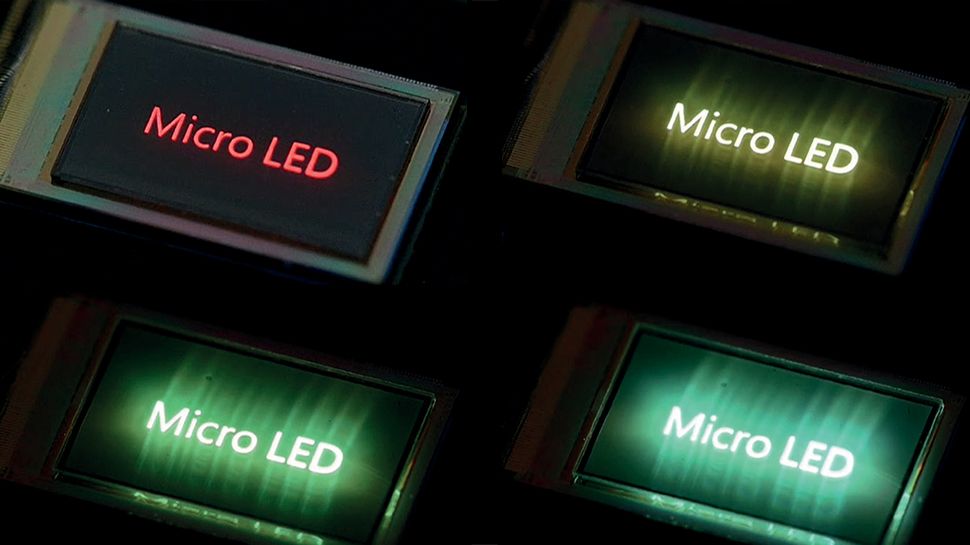Startup Q-Pixel has created its own core polychromatic RGB microLED technology to replace the century-old monochromatic LED, and solve several key issues with the decade-old microLED display technology.
The Silicon Catalyst Portfolio Company has developed what is described as the “highest resolution, active-matrix color display” in the world, packing in a stunning 6800 pixels per inch (PPI). While most advanced VR displays use micro-organic LEDs (micro-OLEDs), Q-Pixel’s displays consist entirely of III-V compound microLED pixels synthesized from inorganic materials, which the company says were grown “across a single compound semiconductor wafer, without any use of sub-pixels, quantum dots, color filters, polarizers, or mechanical stacking.”
These III-V compound microLED pixels deliver higher brightness, faster response times and better energy efficiency, making them ideal for the next generation of headsets like Apple Vision Pro. For comparison, Apple’s current generation display “only” offers 3380 PPI.
Surpassing OLEDs
“By delivering the world’s highest resolution (6800 PPI) active-matrix color display, Q-Pixel has accomplished two major milestones,” said company co-founder and CEO J. C. Chen.
“First, we have proved that it is possible to produce ultra high-resolution, active displays based on microLED technology. Secondly, Q-Pixel has shown that our TP-LED pixel technology surpasses more mature display technologies such as OLEDs to attain world-record breaking pixel densities. With these latest achievements, Q-Pixel has established the company as a trailblazer in the microLED field and will embark on the commercialization of dazzling displays.”
The major hurdle in commercializing microLED displays has been the complex and costly process of assembling and testing millions of individual red, green, and blue (RGB) microLED subpixels. Q-Pixel’s approach tackles this challenge by replacing the three RGB subpixels with individual, fully color-tunable pixels.
The technology was featured in Compound Semiconductor magazine where Q-Pixel’s CTO Michelle Chen said, “Lack of new progress in displays is evidenced by major industry players and start-ups scrambling towards new technological solutions. The entire display industry is now on the cusp of a major paradigm shift, with microLED displays tipped to play a major role in eventually succeeding technologies based on organic LEDs and LCDs. It is not so much a question of if, but when the industry will adopt microLED technology.”






